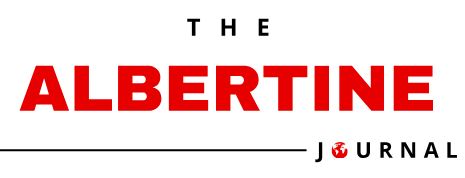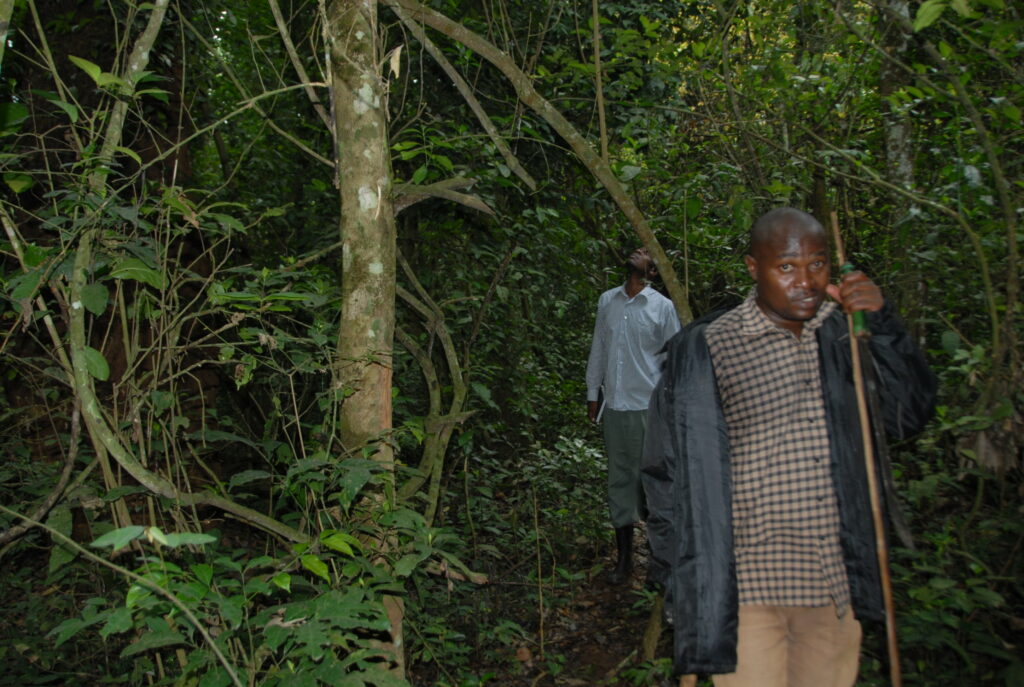In recent years, the pace and scale of large-scale land-based investments for carbon removal have increased.
Around the world, investors are negotiating deals with developing countries to take control of large tracts of, often forested, land.
Carbon fixed by this land is then turned into carbon credits for trading on international carbon markets.
This trend has been driven in part by the Paris Agreement, which allows countries and companies to “offset” their emissions by investing in carbon reduction, avoidance, or removal elsewhere.
A recent report finds that governments have already proposed about 1 billion hectares of land for carbon removal as part of their climate mitigation pledges.
One Dubai-based company alone has negotiated Memorandums of Understanding (MoUs) in five African countries to assume control over millions of hectares of forested land to generate carbon credits.
Some claim that carbon offset deals are a win-win by helping countries and companies meet their emissions reductions targets at the same time as channelling finance towards low- and middle-income countries.
Many others, however, have questioned their benefits and highlighted the risks they pose.
Investigations by the media and civil society, for instance, have raised serious concerns about the potential of carbon markets to genuinely contribute to emissions reductions.
They have also warned about the impacts of deals on Indigenous Peoples and local communities.
In numerous instances, governments have evicted Indigenous Peoples and local communities to pave the way for carbon offset projects.
In others, critics have accused deals of contravening of local laws that give communities ownership rights to their customary lands.
These claims are concerning in of themselves, but also troubling given the evidence that suggests land managed by Indigenous Peoples and local communities is far better preserved than land under other forms of control.
As with the 2009–2010 land rush in the Global South, the large tracts of land being acquired for carbon offsetting projects today are rarely idle.
They are typically either occupied by Indigenous Peoples and local communities or are a primary source of their food security and livelihoods.
As such, the lack of community consultations witnessed in deals across Africa, Central America, and Asia – coupled with insufficient transparency and a failure to deliver promised benefits – is fuelling grievances among affected communities and is at odds with food security and ecosystem resilience goals.
How to mitigate the risk of green grabs
These concerns led to the adoption of new safeguards at the Bonn climate talks in June. There, government negotiators approved an appeals and grievance procedure that will enable affected communities to challenge UN-approved carbon removal projects before they begin and to air grievances throughout their duration.
This is a step in the right direction, but governments should remain vigilant. They should carefully assess whether carbon offset deals benefit their people and further national sustainable development objectives.
If they do choose to undertake such deals, they should design and use robust legal frameworks to select, negotiate, and implement quality projects.
Taking the following steps will help.
Ensure robust and appropriate laws are in place and that deals are negotiated and implemented in line with them
It is important for governments to design robust laws with measures to safeguard the rights of local communities, mitigate emissions, and regulate the sale and taxation of carbon credits.
However, adequate enforcement mechanisms are also needed to ensure these laws are followed.
Comprehensive, well-enforced laws remain the best way to ensure investments related to land and other natural resources respect the rights of legitimate tenure holders, promote local food security, and contribute positively to building climate resilience.
This is particularly true for carbon offset projects. Robust laws also clarify both the requirements for the sustainable use of a country’s natural resources and access rights for communities who may be dependent on these resources for their livelihoods.
Early screening and proper due diligence of an investment proposal should be done to ensure investments follow national laws and policies. These processes, which are in the interest of all, reduce the risk of losses for the government and the community.
Ghana’s national framework on international carbon markets and non-market approaches, for example, provides guiding principles and requirements on how the authorisation, tracking, and reporting of voluntary carbon market transactions and granting of formal recognition to offset credits arising from voluntary carbon market projects should occur.
It also emphasises the need for environmental integrity, transparency, and the promotion of sustainable development.
Where laws are not up to date or robust in addressing these issues, governments can turn to their own nationally developed model contracts that integrate international best practice and principles on responsible investment as a basis for drawing up fair and equitable deals with investors.
Such a tool would act as a stopgap in the interim as they work toward reforming their laws more holistically.
The goal of model contracts is to help ensure that long-term land leases are done responsibly, with the necessary safeguards to protect local communities, their livelihoods, and the environment.
Establish appropriate local grievance mechanisms for affected communities
While the recent approval of an appeals and grievance procedure is an important step in establishing a global carbon market under the Paris Agreement, more needs to be done to provide other avenues for affected peoples and communities to assert their rights, including in the context of carbon deals negotiated outside the scope of the Paris Agreement.
Currently, only one voluntary carbon market standards body, Gold Standard, provides appropriate recourse for communities to file grievances when affected by climate projects.
“Appropriate” in this instance means following the six key criteria of the UN Guiding Principles on Business and Human Rights: accessibility, transparency, predictability, independence, adequacy, and safeguards for communities. It is critical that governments ensure that the carbon offset deals they negotiate provide appropriate grievance mechanisms for affected peoples and communities.
Carefully use MOUs to develop a roadmap for collaboration and map out steps toward successful project implementation
Carbon offset deals often start with an MoU between the government and the investor as a first formal step toward collaboration.
This early phase is crucial, as there are many important considerations before an investment takes place and an agreement is finalised.
Yet despite this, MoUs are frequently rushed or not carefully vetted, as they are seen as “soft” agreements that do not bear legal consequences and that mostly serve to provide comfort or assurances to the investor. This practice represents a missed opportunity.
Well-crafted MoUs can help ensure that Indigenous Peoples and local communities affected by these deals are adequately consulted by detailing how such consultation shall be done.
In addition, an MoU can also specify when an investor should provide information on the investment project proposal to the relevant government authorities to enable them to `undertake timely, thorough, and systematic due diligence and screening of the proposed project.
Claire McConnell, Nyaguthii Maina & Sean Woolfrey
Claire McConnell is a Policy Advisor on the Agriculture team within the Economic Law and Policy programme at the International Institute for Sustainable Development (IISD). Nyaguthii Maina is an IISD Associate and international law advisor with the Economic Law and Policy programme. Sean Woolfrey leads IISD’s work on sustainable agriculture and food systems within the Economic Law and Policy Programme.
Source: African Arguments.



